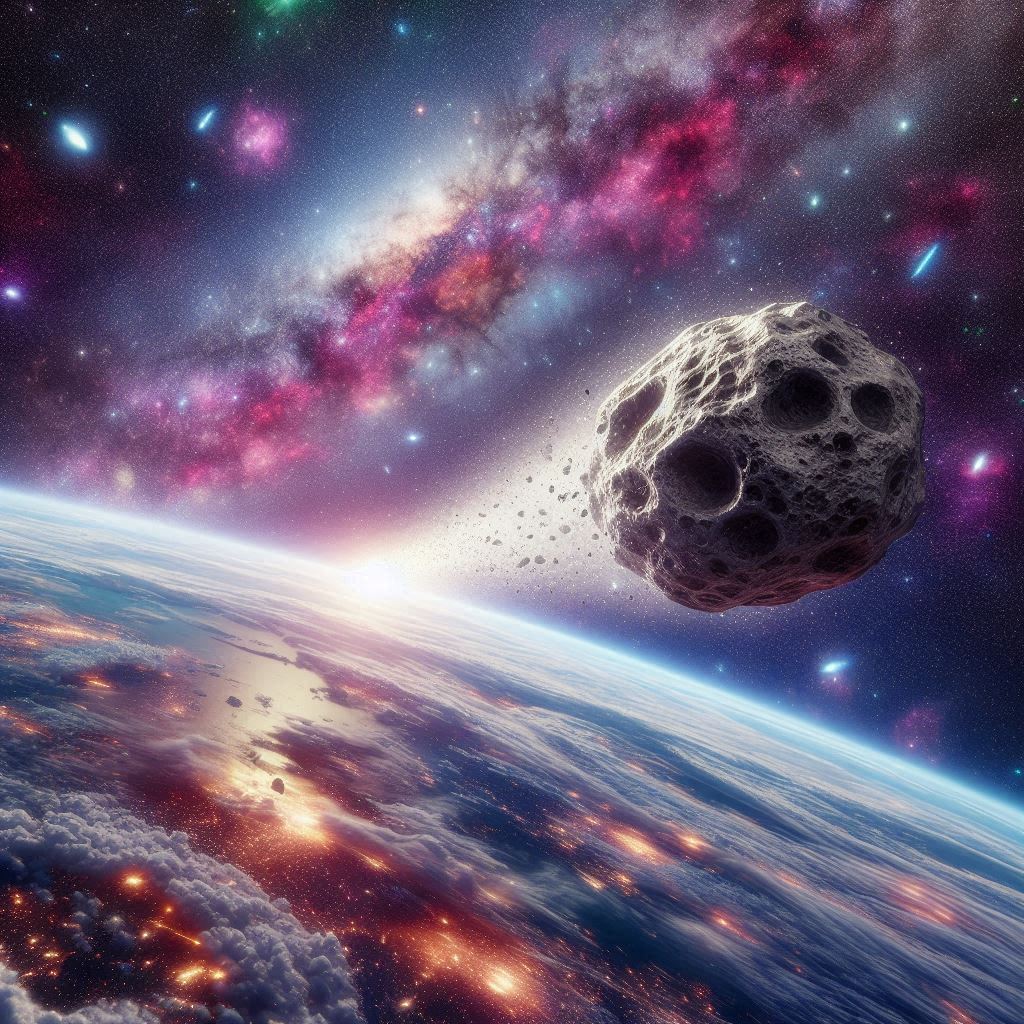Asteroid 2024 YR4, considered the most dangerous asteroid in history just last week, is no longer a threat to Earth. According to newly listed data from NASA and the European Space Agency (ESA), the probability of a space debris collision in December 2032 is less than 0.002%, meaning a 1 in 20,000 99.998% chance of safely passing our planet.

How has the risk assessment changed?
After its discovery on December 27, 2024, the asteroid quickly caught the attention of scientists. At the peak of its threat, it even scored a 3 on the Torino scale, the highest rating since the discovery of Apophis in 2004. Initial calculations gave it a 3.1% chance of colliding with Earth, which was higher than the risk Apophis once had. Such a high result caused panic in the media.

However, additional observations have refined the orbit of 2024 YR4. Data from NASA’s Minor Planet Center and Jet Propulsion Laboratory show that the asteroid’s trajectory moves away from Earth and the risk of a collision has completely disappeared. This reduced its rating to 0 on the Torino scale, which means there is no danger to Earth.
Why do new asteroids seem dangerous?
Tracking newly discovered asteroids is a complex process because their orbit has a significant level of uncertainty at first. In the case of the 2024 YR4, calculations were complicated by its relatively small size – between 40 and 90 meters, which is comparable to a large building.
There was a similar situation with Apophis, which received a 4 on the Torino scale after its discovery due to a high initial collision risk. However, additional observations, particularly analysis of archival data, have refined its orbit, and it is now known that it will safely pass Earth in 2029.
Role of astronomers in risk reduction
According to Richard Binzel, the developer of the Torino Scale, the rapid refinement of 2024 YR4’s orbit was made possible by the hard work of astronomers who made observations around the world. Telescopes in Hawaii, Chile, Arizona, New Mexico and the Canary Islands were involved in determining the exact trajectory.
Especially important were the observations made after the February full moon, when the Earth had favorable conditions for tracking faint celestial bodies. In particular, the Subaru Telescopes, the Canada-France-Hawaii Telescope, and others helped to quickly reduce the probability of a collision to zero.
Observation of the “dangerous” asteroid
As 2024 YR4 moves away, it will become invisible to ground-based telescopes in April and will not return to view until 2028. Scientists plan to continue observing it. The James Webb Space Telescope will be able to study it in early March to determine its exact size and orbital parameters.
Although 2024 YR4 is no longer a threat, this case once again confirms the importance of continuous monitoring of near-Earth objects. Astronomers are sure: the more observations, the fewer surprises in the future.
Earlier we reported on the calculated risk and catastrophic consequences of asteroid Bennu hitting Earth.
According to Space


